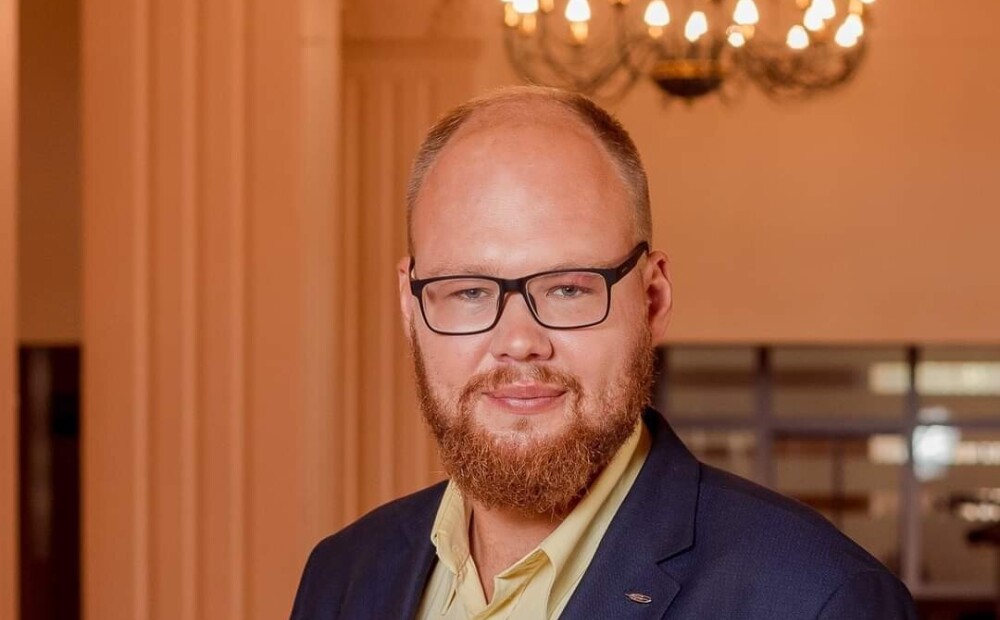Huge price increases are not expected. All expert forecasts show that the “boom” of the fat years will not happen again. In 2020 and 2021, there will be marked deflation caused by the pandemic, and society is largely accustomed to this price level, but in 2022 the economy is expected to recover, which will also affect prices. Experts estimate that we will probably experience the highest GDP growth in the post-crisis period. There will be no imbalances in the financial markets and price increases for various food products will be relatively moderate, ranging from 2% to 3.5%, but consumers will of course feel this.
Alternative resources and the impact of technology
Undoubtedly, price increases are also expected in the field of natural resources and various materials needed in the production process, for example, plastic materials about 12%, paper 12%, electricity 42%, but in this context we must also look at opportunities more technological processes will benefit. Not only companies, but also their customers – consumers. Recycled glass, paper, plastic, etc. Recycled car tires are already used in road construction in Estonia, while recycled water is also used in production in several countries around the world. There are no such vivid examples in Latvia yet, but our producers have all the opportunities. One of the most successful examples is Denmark, where, due to the widespread use of technology, prices in various product groups are relatively low.
High quality products and branded goods
Speaking about the increase in prices in Latvia, it should be noted that the average inflation will be in all sectors – in all product groups. Prices for food with high added value – organic and organic food – will grow the fastest. Of course, there will be a certain increase in prices for the most purchased goods in Latvia – vegetables, dairy products, eggs, bread and beer (these goods remain popular even during the pandemic). Given that our society is mostly divided into two layers (the middle class is missing), it must be emphasized that the part of the society that buys cheaper food products will not feel the price changes sharply or will feel it very minimally. There will be faster changes in branded goods as well as technology.
Fuel prices will fall in the long run
Many are now also concerned about fuel prices – in this context, I would like to emphasize that the issue of fuel prices must be seen in the long term. At the moment, of course, they will grow and, given that fuel is a significant cost item for a large number of companies, it will also affect the prices of various goods, but a long-term factor must be taken into account: the EU’s approach to electric transport. There are no fossil fuel cars in the EU by 2050. As the demand for electric transport increases, the need for fossil fuels will decrease and its prices will fall. These changes are projected over a period of 10 to 15 years, and historically this is exactly what happened with coal.
The third wave of the pandemic will not cause panic in stores
There is concern in part of the public that the household session could recur in the autumn, which would affect the prices of goods and services. Here, too, I would like to clarify: during the first wave of the virus, the public was not prepared, the volume of purchases for certain product groups and also prices, such as buckwheat, increased rapidly. In the second wave, the public reacted more calmly – visited the shops in the usual way, refrained from buying panic, etc. Therefore, no sharp price fluctuations were observed. If we experience the third wave of the pandemic, it will most likely come without price changes, as society as a whole has already adapted to different levels of constraints.
Price increase without exaggeration
As I have already mentioned, we will feel the price increase in the second half of 2022 or in 2023, but the society will successfully adapt. And the increase will be without exaggeration, thanks to monetary policy. It must be borne in mind that a sharp rise in prices is only possible with a huge economic breakthrough, such as the 12% increase in GDP seen in the bold years. Then wages rose sharply and entrepreneurs also raised prices accordingly. GDP is currently growing to around 5%, which is normal. The monetary policy pursued by the European Central Bank and the Bank of Latvia provides an opportunity to avoid “giant leaps”. This is also facilitated by the Law on Fiscal Discipline, so there is no reason to panic.
Others are currently reading
Is Artis Pabriks divorced because of his extramarital affair?




